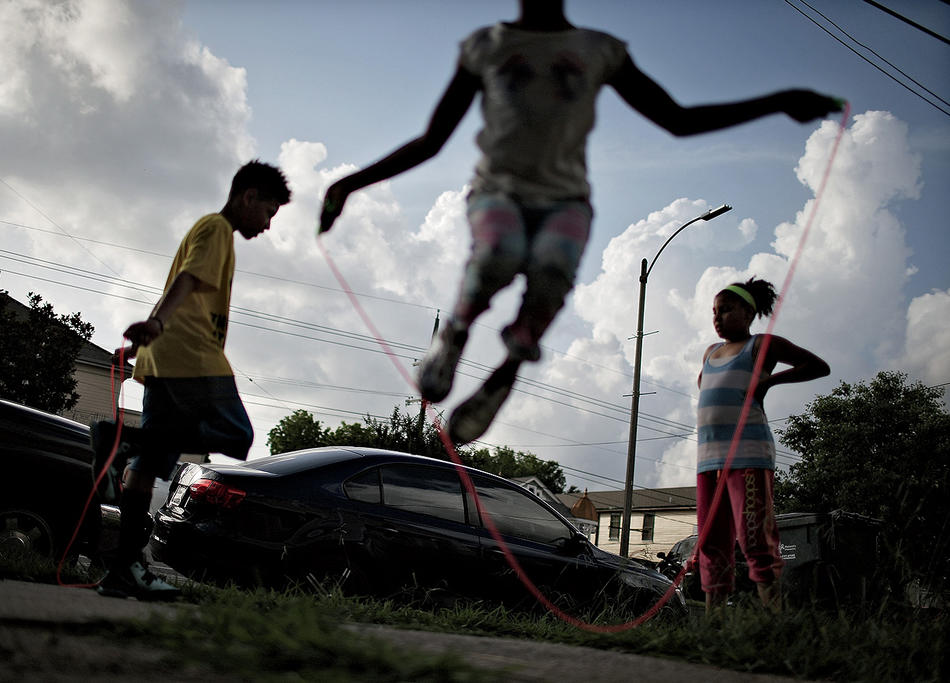America’s welfare reforms of the 1990s gave states broad discretion in how they spend money allocated by the Temporary Assistance for Needy Families (TANF) program, the federal government’s main cash-welfare program for families with children. As a result, some states give hardly any TANF money to needy families directly, preferring to spend it on initiatives that they claim will help poor people lift themselves out of poverty.
Now research by Zachary Parolin, a postdoctoral researcher at the Columbia School of Social Work’s Center on Poverty and Social Policy, reveals that this decentralized approach is harming one segment of the US population in particular: Black children.
According to Parolin, direct cash support is crucial to improving the lives of poor kids and is hardest to get in states with large Black populations.
“The single most important predictor of how a state distributes its TANF money is its racial composition: the higher the African-American proportion of its population, the less money it puts toward cash assistance,” says Parolin, whose study appears in the journal Socio-Economic Review.
The racial bias in the distribution of cash welfare is so pronounced, Parolin found, that if it were to be corrected and every state were to provide at least 22 percent of its welfare allotments in cash payouts (which is the current national average), more than a quarter of a million Black children would be lifted out of poverty.
“That would reduce the Black–white child-poverty gap by up to 15 percent,” Parolin says, noting that a Black child is about twice as likely to live in poverty as a white child.
The situation would be less troubling, Parolin says, if the money diverted away from cash assistance were necessarily being used to help the poor in other ways. But increasingly, states are funneling their welfare dollars into programs that he says provide little if any benefit to low-income people.
“A lot of states are essentially using their TANF budgets as slush funds to pay for social programs they might otherwise have covered in their general budgets,” he says. “Meanwhile, huge numbers of families are unable to put food on the table, pay their electricity bills, or buy clothes for their children.”
This article appears in the Fall 2019 print edition of Columbia Magazine with the title "Cash poor."



